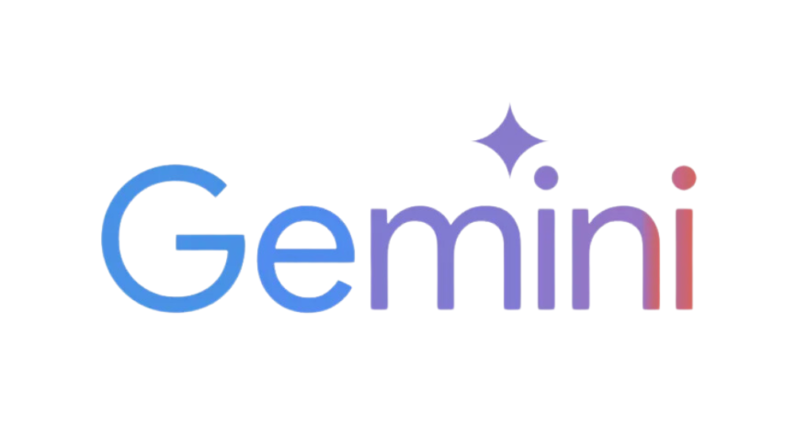In the era of 5G technology, SLD Laser, a company proved that instead of using radio waves, laser light can speed-up data transfer at a tremendous rate. SLD, the company, presents a demo of its latest version of laser light called Laser LiFi at the CES 2020 in Las Vegas. During the demonstration, the company managed to transfer data at a speed of 20 GB/s. It is worth noting that, 5G wireless network can only offer a data transfer speed of 1 GB/s. The basic idea behind the laser LiFi network is to use optical communications in place of radio frequency transmissions used by WiFi. The 5G wireless network that is pertaining to the marketplace assures data transfer speed of just 1 GB/s. In the future, it might increase to 10 GB/s.

Following are the benefits or advantages of LiFi technology:
- LiFi devices consume low power for operations.
- The data transfer rate for internet applications is higher than WiFi.
- There is a great amount of energy reduction in the lighting industry which uses LiFi based devices.
- It is simple and easy to install.
- It uses an optical spectrum and hence avoids an already crowded RF system.

Following are the drawbacks or disadvantages of LiFi technology:
- One can not watch games and videos on the internet in the dark during the night before sleeping on the bed.
- Though the installation is simple, the LiFi system required a whole new infrastructure.
- This will add cost to the companies/peoples wanting to take LiFi Internet service.
- It can not be used in an outdoor environment like RF signal.
- The Internet can be used only where light from a source device is available.







1 Comment
Comments are closed.